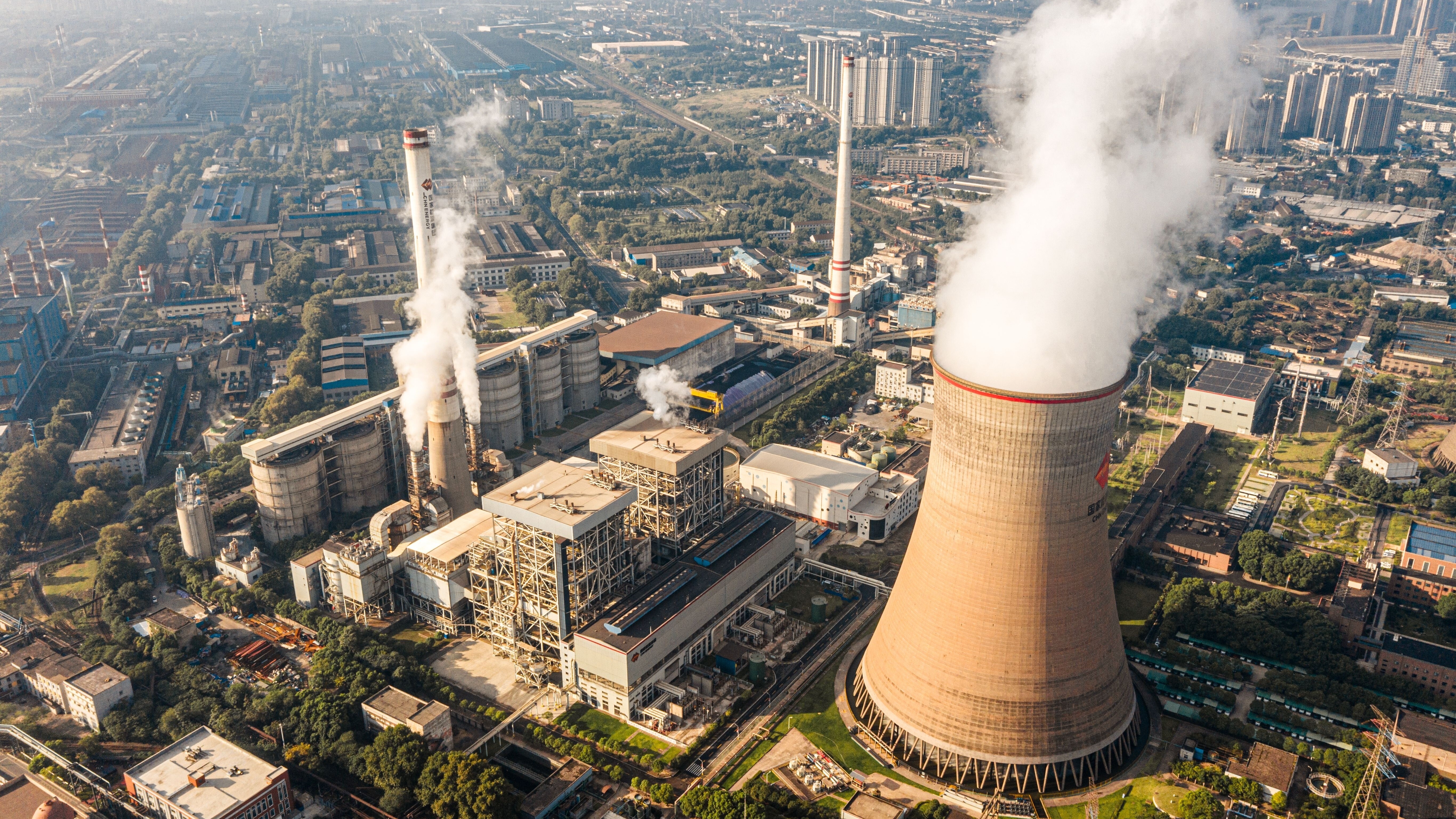Nvidia goes nuclear — company joins Bill Gates in backing TerraPower, a company building nuclear reactors for powering data centers

Nvidia, through its venture capital arm NVentures, has joined Bill Gates and HD Hyundai in raising $650 million to back TerraPower, Gates’ nuclear power startup founded in 2006 that’s been working on small modular reactor (SMR) technology to standardize, miniaturize, and scale nuclear power. The startup is developing a 345-megawatt Natrium plant in Wyoming that uses liquid sodium for cooling and molten salt to store excess generated heat of up to one gigawatt for later storage. According to The Register, the nuclear power plant is being developed as part of the Advanced Reactor Demonstration Program of the Department of Energy, as it’s looking to push the next generation of clean and reliable energy sources.
This isn’t the first time that a tech company has put money into nuclear power, as several others have already invested in competing projects. For example, Oracle has secured permits to build three SMRs that can push out a total of one gigawatt for its AI data centers, while Microsoft plans to restart the Three Mile Island nuclear reactor. Google soon followed suit, signing a deal with Kairos for seven SMRs for its operations, as Amazon is pouring money into three different energy companies — two of which work with nuclear reactors — to help secure its future power demands.
Surprisingly, Meta is a bit late to the game, opening its doors for nuclear solutions only late last year. After all, its founder, Mark Zuckerberg, said that now that the AI GPU bottleneck has eased, it’s power — or the lack thereof — that will limit the growth of AI.
The Natrium plant has already begun construction of its non-nuclear portions in Wyoming, but it has yet to receive regulatory approval from the Nuclear Regulatory Commission for it to start working on the power-producing parts of the plant. The company says that it does not expect to get this until 2026, and that it won’t start producing power for consumption until 2030.
Another project that’s already in the initial construction phase is Kairos’ Hermes non-power demonstration reactor, which is being built in Oak Ridge, Tennessee. This is a non-light-water reactor that uses molten fluoride salt for cooling and can produce about 35 megawatts of heat, but not electricity. The purpose of this test plant is to test the safety and viability of the technology before the company gets full approval and deploys it for power generation.
Westinghouse, a pillar in the nuclear power industry, is also pushing for SMRs with its eVinci micro nuclear reactor. This tiny unit can be easily carried on the back of a semi-truck and deployed in the field as a single unit. It’s designed to work 24/7 for eight years without refueling — once its nuclear fuel is spent, Westinghouse would just deploy another SMR to minimize downtime and ensure that the site is continuously powered.
All these projects are part of the massive amount of investments that AI companies and data centers are pouring into the system. As AI data centers deliver more performance, they also require more electrical power, so much more than what the current national grid can deliver. Recently, AMD revealed zettascale supercomputers will need half a gigawatt to operate, equivalent to the power of 375,000 homes. So, tech giants are hedging their bets by building their own SMRs and ensuring that they have enough power to keep their expensive data centers continuously running.
Get Tom's Hardware's best news and in-depth reviews, straight to your inbox.
Follow Tom's Hardware on Google News to get our up-to-date news, analysis, and reviews in your feeds. Make sure to click the Follow button.

Jowi Morales is a tech enthusiast with years of experience working in the industry. He’s been writing with several tech publications since 2021, where he’s been interested in tech hardware and consumer electronics.
-
ezst036 The big tech companies like Nvidia and Oracle don't want the peasants with pitchforks gathering in huge numbers outside of their campuses because AI drove electricity costs through the roof when it is already through the roof.Reply
Photographs like that would be a bad look. -
thaddeusk Reply
Yeah, we should have been replacing coal with nuclear for decades now.coolitic said:Glad that there's a large industrial impetus for advancing nuclear power. -
punkncat So far as I am aware, the only "private" enterprise or company to hold permits for a reactor of this type is, surprisingly, Disney in Florida.Reply -
artk2219 Reply
It would have made sense for them to have a reactor around disney world. All the power they need for their parks, and they could sell the surplus back to the community.punkncat said:So far as I am aware, the only "private" enterprise or company to hold permits for a reactor of this type is, surprisingly, Disney in Florida. -
punkncat Replyartk2219 said:It would have made sense for them to have a reactor around disney world. All the power they need for their parks, and they could sell the surplus back to the community.
AFAIK this dates back some years as, of course, the park was built out in what was a lot of swamp at the time. Given the population density and infrastructure that is now in place it would be pointless and dangerous due to proximity. For some reason it is still a viable option for them in some fashion. -
lixao The only thing I would like is for thorium nuclear reactors to become a reality in the private sector. Uranium-based nuclear reactors are better than coal and other dirty sources but they are only really used by the violent state to create their miserable bombs.Reply -
ManDaddio Nuclear is good. It was dumb to ramp it down. Government just need to make sure they are built properly and ran properly. They are safe over all.Reply -
ManDaddio Reply
That's not why electricity prices went up. We should never stop building nuclear reactors. And natural gas is a good alternative to coal but the idiots want to demonize that too.ezst036 said:The big tech companies like Nvidia and Oracle don't want the peasants with pitchforks gathering in huge numbers outside of their campuses because AI drove electricity costs through the roof when it is already through the roof.
Photographs like that would be a bad look.
CO2 is not bad for the planet. It never was and never will be. Life depends on co2, oxygen and nitrogen. Without those three things life can't exist. At least in the context God created the Earth. -
Eximo Indiana, a no nuclear state, passed a law a few years back that would allow any existing power facility to be retrofitted for nuclear. No new construction is allowed, but I have high hopes someone will actually do it. It was small modular nuclear lobbyists who got it passed, but none of them have taken up the effort.Reply